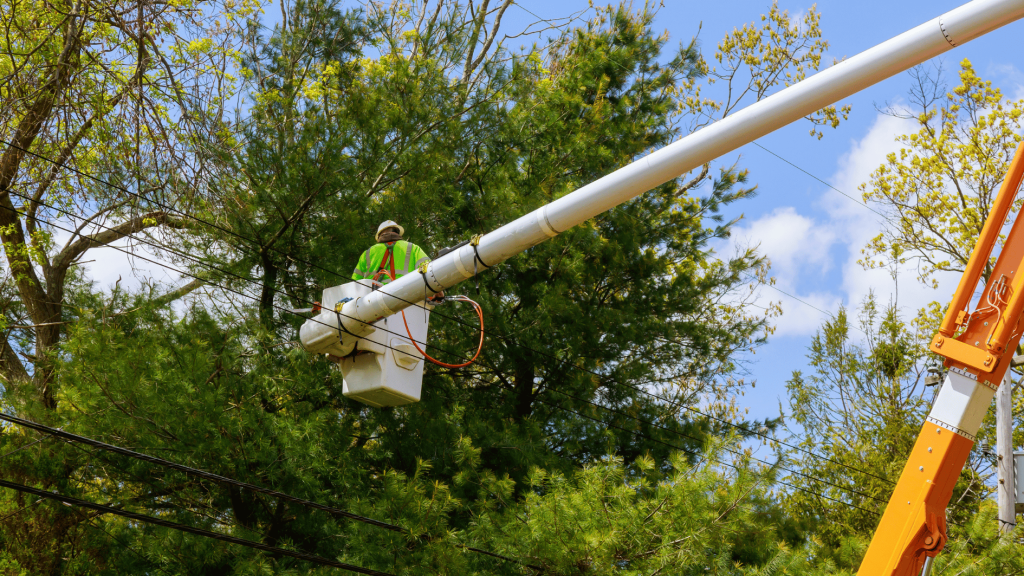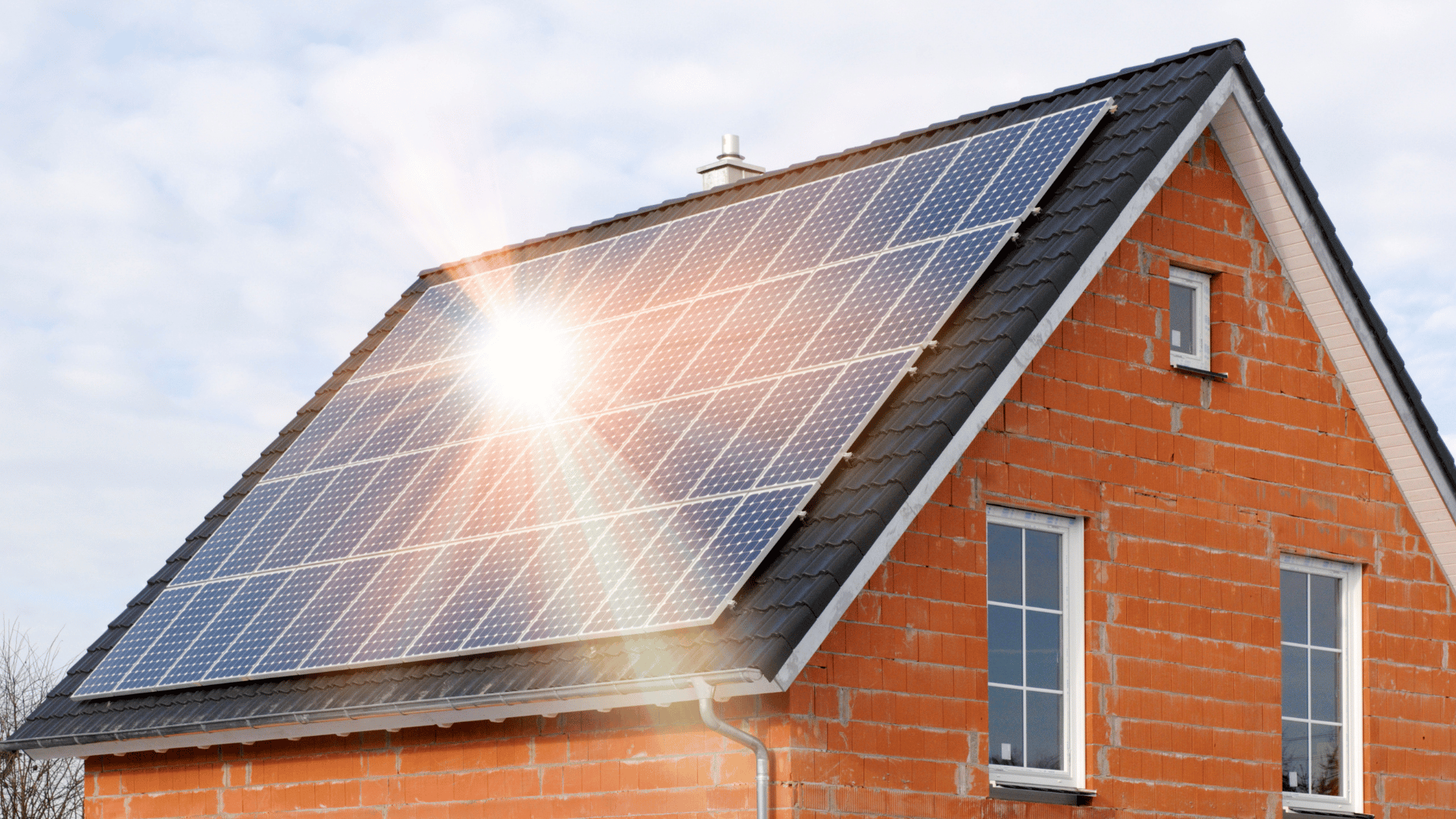Image source: Canva.com
Thinking about installing a solar energy system but concerned about future costs? You’re not alone! Although the upfront investment in solar panels can be significant, there are numerous strategies to save money over time. Options such as battery storage systems and standby generators can help keep your solar system cost-effective in the long run. Let’s explore these options in more detail!
Maintenance
Most solar panel systems require minimal active or routine maintenance. However, some homeowners choose to invest in a solar operations and maintenance (O&M) package for added peace of mind. These packages function like an insurance plan for your solar system and typically include services such as cleaning, electrical system inspections, and pest control. While more common in commercial projects, these plans are less frequent for residential installations. If you opt for this protection post-installation, it may cost a few hundred dollars annually.
Before purchasing an O&M package, check if your installer offers their own service plan or annual maintenance as part of their warranty. Assess whether their checkups meet your needs and if there are additional charges. Despite having no moving parts, solar panels can still suffer from damage and wear over time. When properly installed, they can last between 20 and 30 years.
Cleaning
As of 2024, the cost of professional solar panel cleaning varies depending on the system size, accessibility, and level of debris. On average, you can expect to pay between $150 to $630 for a typical 20- to 25-panel system, which translates to about $13 to $25 per panel. Smaller systems or less frequent cleanings may fall on the lower end of that range. The price tends to be higher if you live in areas with more dust, pollution, or difficult-to-access panels.
Rainfall naturally helps clean panels, especially if they’re installed at an angle, reducing the need for frequent professional cleaning in many regions. However, if you live in a dry or dusty environment, regular cleaning can improve efficiency by up to 30%. Additionally, some warranties may require periodic professional cleaning to maintain coverage. For the most accurate costs based on your location, it’s best to consult local providers.
Inspections
To ensure your solar panels are performing at their best, it’s advisable to schedule an annual inspection by a licensed technician. These inspections help identify any potential issues and ensure that your system operates efficiently. The cost for these annual inspections typically ranges from $250 to $350.
Regular inspections can help maintain optimal performance, extend the lifespan of your equipment, and catch issues early before they become major problems. Additionally, some installers offer annual maintenance as part of their service packages or warranties, which might be worth considering. Always verify the scope of the inspection and any additional services included to ensure you receive comprehensive care for your solar system.
Replacing or Repairing Solar Equipment
Regarding solar panel repairs and replacements, the most common component needing replacement in solar systems is the inverter, which typically lasts around 10 to 12 years. The panels themselves usually require minimal repairs, especially since they have no moving parts. Solar trackers, however, may need more attention due to their mechanical components.
Warranties on solar equipment like panels, inverters, and trackers often range from 10 to 25 years, with panels typically covered for 25 years, and inverters generally covered for 10 to 12 years, though some models offer extended coverage.
It’s essential to review warranty documents carefully to understand what is and isn’t covered. If your inverter fails within the warranty period, you are typically entitled to a replacement. However, you may be responsible for any additional costs, such as labor or shipping. For more accurate details, check the warranty terms from your solar provider and installer, as they can vary significantly.
Re-Roofing After Installation
Most solar panel system owners won’t need to worry about re-roofing during the lifetime of their system. Reputable solar companies assess your roof’s condition before installation to ensure it can support the weight of the panels. Additionally, solar panels can help extend the life of the roof sections they cover by protecting them from the elements.
However, if you do need to re-roof after installing solar panels, you’ll need to account for the cost of removing, storing, and reinstalling your solar equipment.
Replacing a roof is a significant project and may be necessary every 30 to 75 years, depending on damage and wear. The cost of a full roof replacement ranges from $6,700 to $80,000, with an average of around $11,500 for a standard-sized home. The wide range in cost is due to various factors, including roofing material choice and roof design. Materials can vary from asphalt shingles to aluminum, clay, or copper, with costs calculated by the square foot, bundle, or roofing square (a 10 ft by 10 ft section). Labor costs can account for up to 60% of the total expense.
Trimming Trees

Solar panel systems are designed to last for decades, often generating electricity for over 30 years. During this time, trees that were not an issue when your panels were installed may grow and begin to cast shade on your system.
The cost of tree trimming or removal varies based on the size and height of the tree, ranging from under $100 to $1,000 or more. Taller trees generally incur higher costs for pruning or removal.
Many solar design tools can estimate how tree growth might impact your system’s performance over its lifetime. If you have concerns about specific trees, discuss potential future shading issues with your installer to understand how they could affect your solar production.
How to Prevent Future Costs
While you can’t foresee unexpected events like storms or accidents, you can take proactive measures to minimize costly repairs. Once a week, take a few minutes to visually inspect your solar panels from the ground to check for any obstructions, damage, or cracks. If you live in an area with a high presence of wildlife, consult a licensed technician about installing protective guards for your battery storage systems to prevent potential issues.
Investing in solar panels is not only a smart financial decision but also a positive choice for the environment. With ongoing technological advancements, solar panels are increasingly affordable and efficient.
Request a quote today to discover how much you can save!






